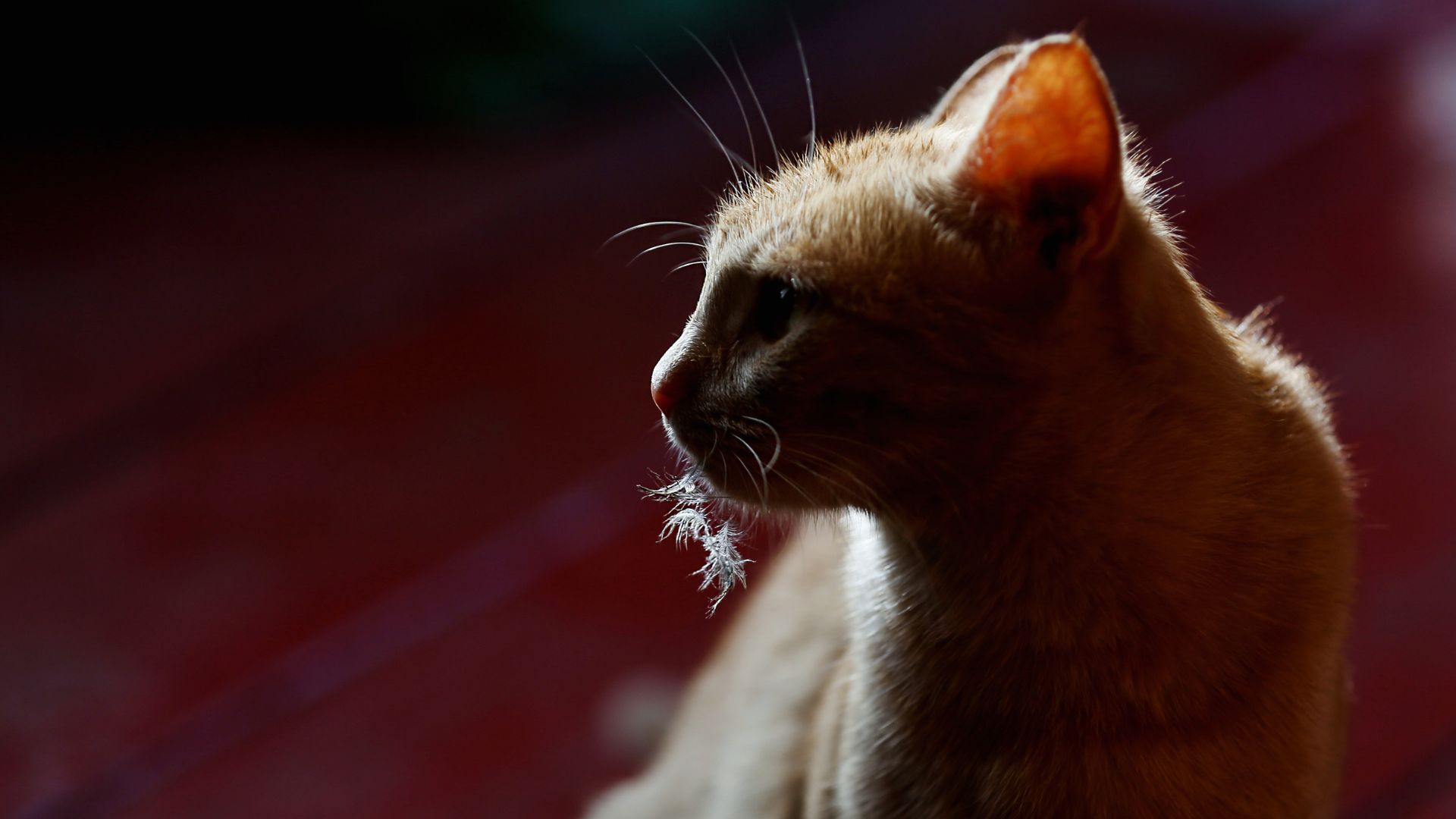
Dozens of cats in Poland recently died after contracting a highly pathogenic type of bird flu, the World Health Organization (WHO) announced Sunday (July 16).
The bird flu virus — a subtype of avian influenza A called H5N1 — has sporadically infected cats in the past, but this marks the first report of “high numbers of infected cats over a wide geographical area within a country,” the WHO noted.
Classified as a highly pathogenic avian influenza virus, H5N1 is known to cause severe disease and a high death rate in infected poultry. The virus can also infect various wild birds, some of which can spread the pathogen without falling ill themselves, and the bug sometimes leaps into mammals, including mink, seals, sea lions, cats and the rare human being.
On June 27, authorities in Poland notified the WHO of “unusual deaths in cats across the country.” By early July, clinical samples had been collected from 46 affected cats and one caracal (Caracal caracal), a wild cat native to Africa. Of the 47 samples, 29, or 62%, tested positive for H5N1. These positive samples came from 13 different geographical areas within Poland, the WHO reported.
Related: H5N1 bird flu strain strikes 1st person in US
An analysis of a subset of the viral samples showed that they were highly related to each other and that they were similar to H5N1 viruses that have been circulating in wild birds and sparking outbreaks in poultry in Poland.
“The source of exposure of cats to the virus is currently unknown,” the WHO noted. It’s possible that the cats had direct or indirect contact with infected birds or the birds’ environments, or that they ate infected birds or food contaminated with H5N1. “Authorities are investigating all potential sources and to date have not ruled out any.”
Of the infected cats, 14 have been euthanized and 11 more have died. Post-mortem examinations of some of these cats suggested they’d developed pneumonia. Other severe symptoms exhibited by the infected cats included difficulty breathing, bloody diarrhea and “neurological signs.”
Since 2020, a dozen human cases of H5N1 have been reported to the WHO, but no new cases have been reported in connection with the outbreak among cats in Poland.
“As of 12 July, no human contacts of A(H5N1) positive cats have reported symptoms, and the surveillance period for all contacts is now complete,” the WHO reported. The risk of H5N1 exposure from cats is considered low for Poland’s general population and low to moderate for cat owners and for vets without the use of appropriate personal protective equipment.
Stay connected with us on social media platform for instant update click here to join our Twitter, & Facebook
We are now on Telegram. Click here to join our channel (@TechiUpdate) and stay updated with the latest Technology headlines.
For all the latest For Top Stories News Click Here
